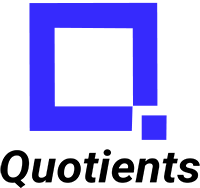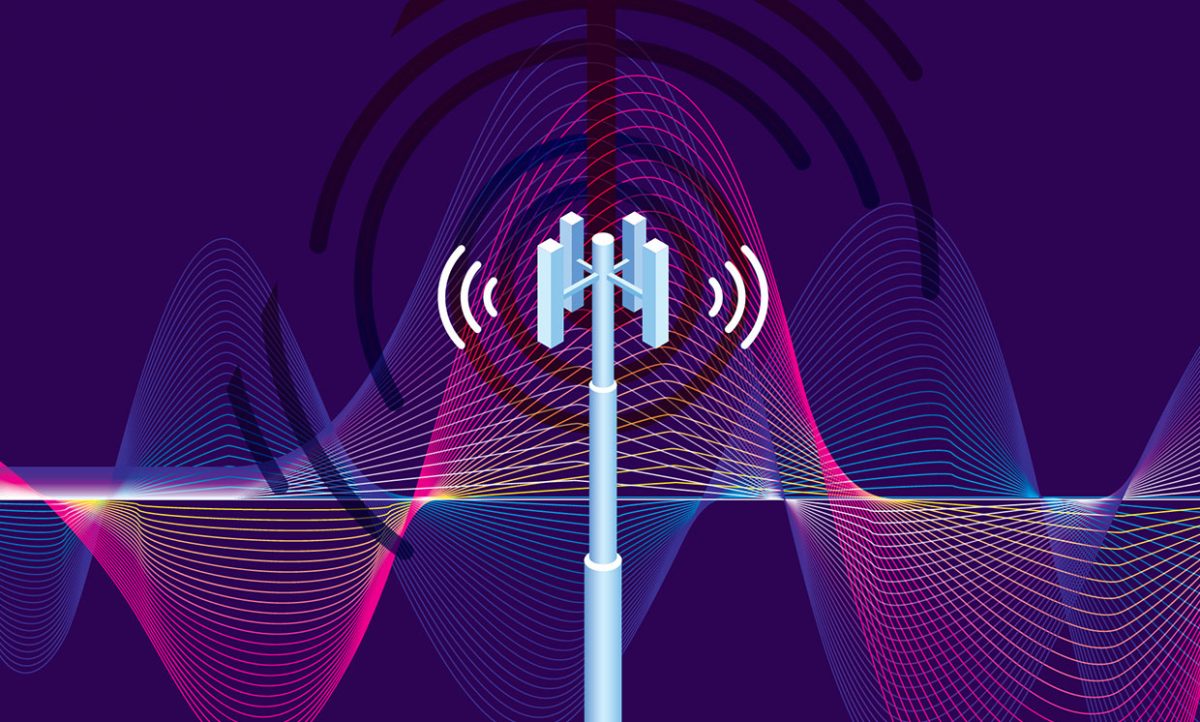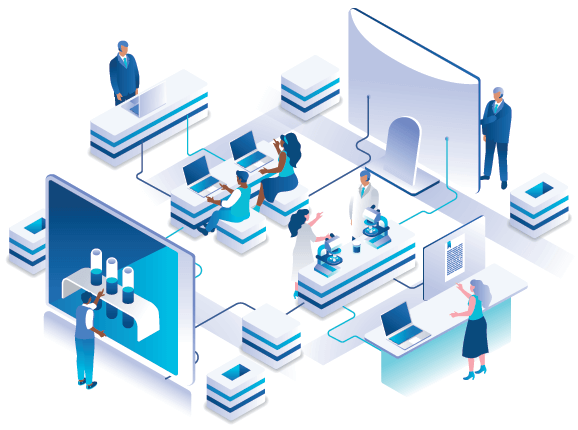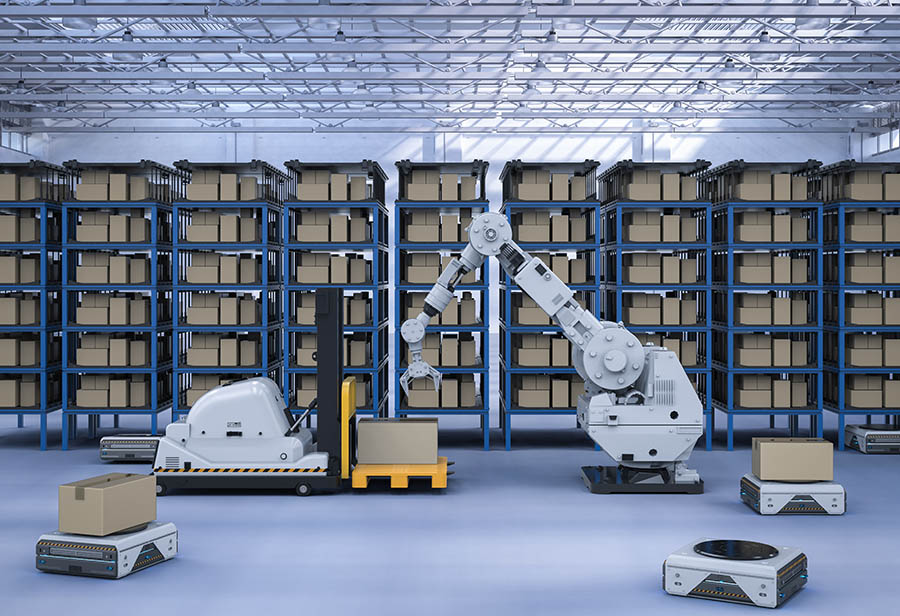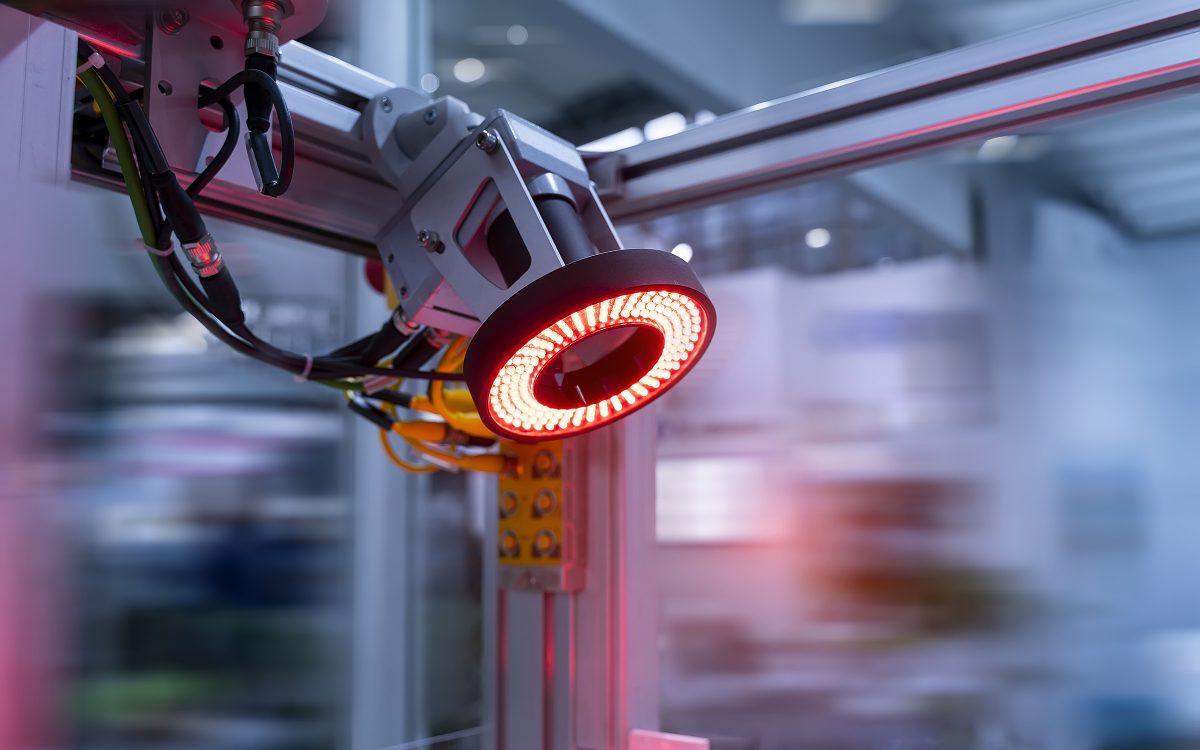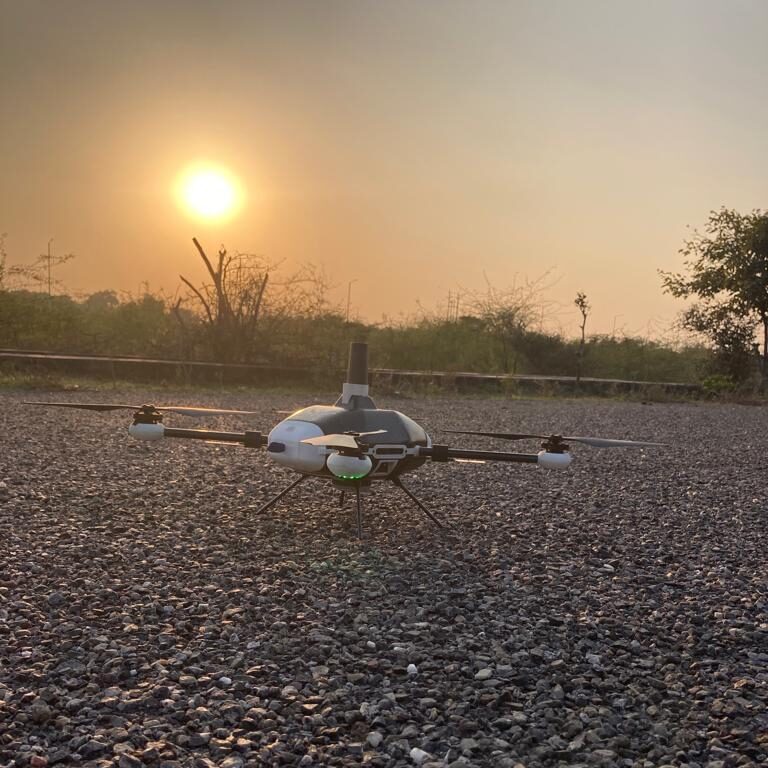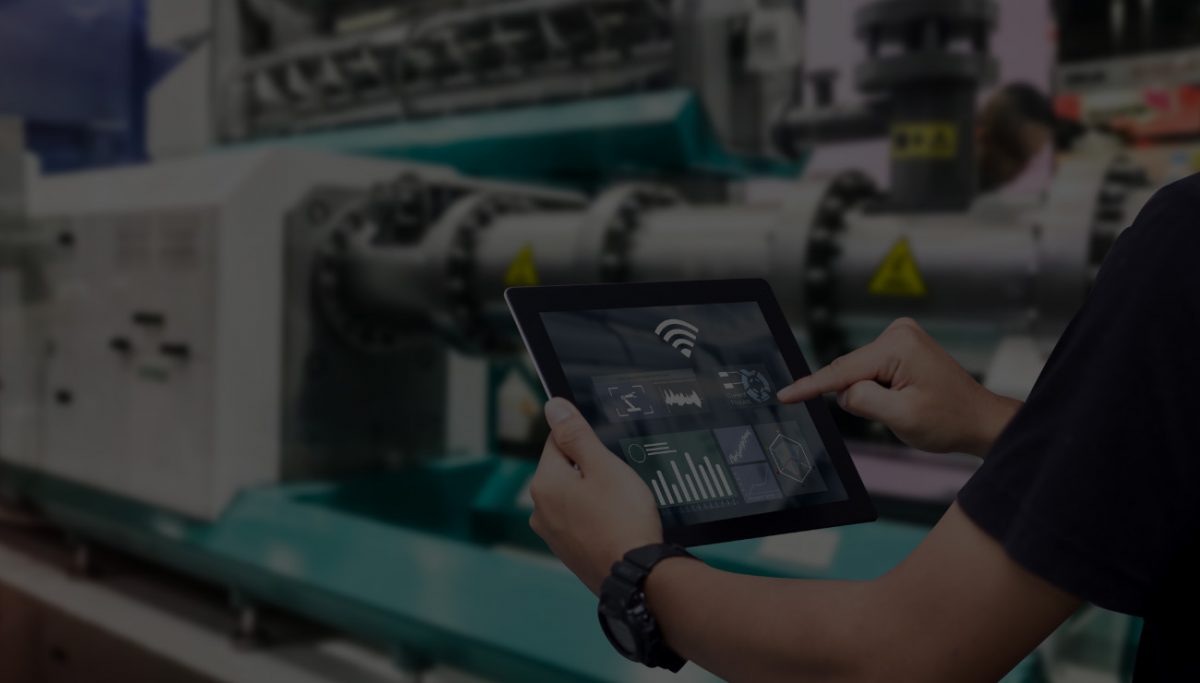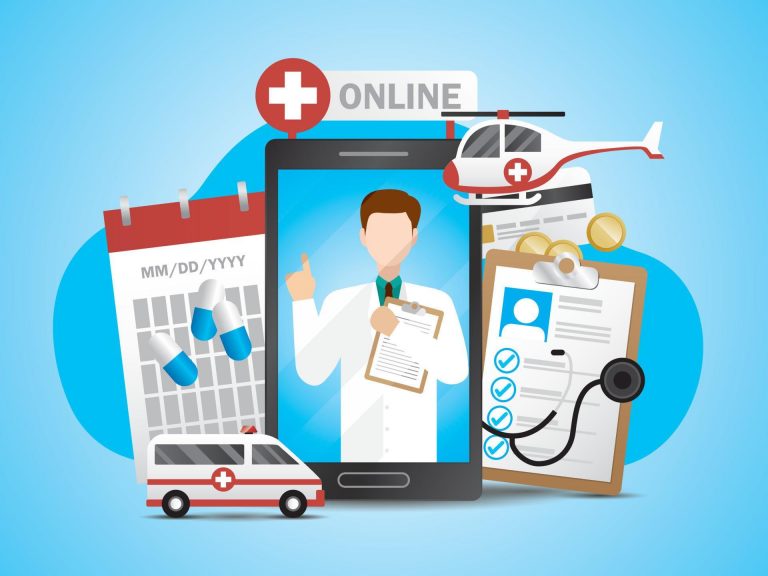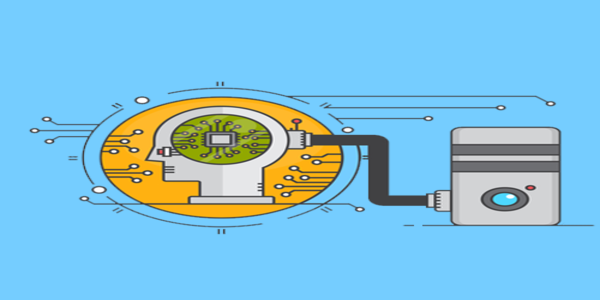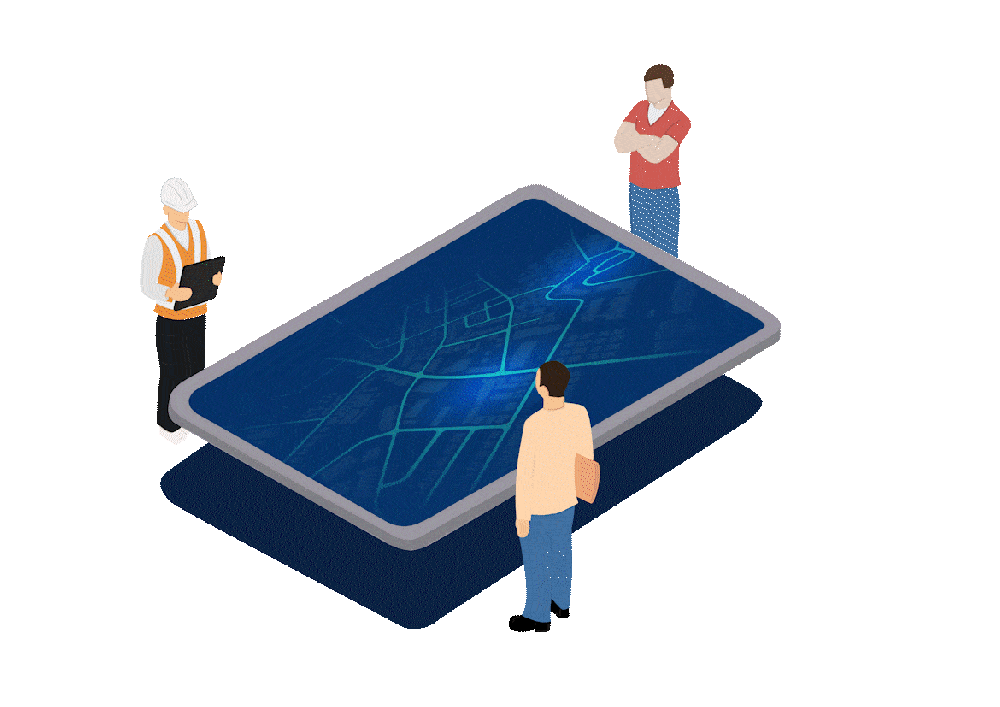Terahertz (THz) radiation is a form of electromagnetic radiation, whose frequency lies between Infrared light and microwaves i.e. in the range of ~0.3-10THz. The range is generally referred as THz gap as there was very minimal work was done on these radiations due to absence of suitable sources and detectors. The things have changed now with the advances in photonics –science of light that deals with the generation, detection and manipulation of light– which created various powerful solutions both for generation and detection of terahertz waves.
These advances have brought terahertz technology to the centre stage. Along with this some properties of Terahertz radiation like it can well penetrate many materials such as paper, plastics, textiles and foams, it is non-ionizing, absorbed by water and high chemical sensitivity have led it to be used in many applications. Areas such as Biomedical, Security, Pharma, Food, and Automotive Industry are now adopting this technology. Some of these are discussed below.
Biomedical
Terahertz radiation is non-ionizing so it does not damage DNA and is safe for use in tissues so this radiation has significant potential in medical diagnosis. Particularly in cancer imaging they can be ideal in measuring the superficial soft tissues in which most cancers occur. It is possible to distinguish normal tissue from cancer tissues via spectroscopic imaging through this radiation.
TeraLumen Solutions, a startup is using this technology with advanced machine learning algorithms for cancer detection. The startup has developed intraoperative Terahertz device — usable during the course of a surgical operation — for rapid cancer margin detection in Breast cancer, Oral cancer and Head and Neck cancer. The company also claims it to be extentable to other prominent cancers.
Security
With an increasing variety of threats like chemical, biological and radiological elements, Terahertz imaging can be used to detect hidden objects in clothing and common packing materials and envelopes without opening the container or disturbing its integrity. As it is non ionising unlike X-ray machine and is completely harmless for humans, it has the potential to be used in security screening and counterterrorism.
Pharma
X-ray technology emits ionizing radiation that can have detrimental impact on human and animal health. In this context, Terahertz rays are unique and safe alternatives to X-rays as they are harmless. Terahertz rays and THz-imaging can also help in nondestructive testing (NDT) technique during the production of drugs, medical products etc for inspection of plastic containers with pills in quality control.
Food Inspection:
X-rays’s ionizing radiation can also have its detrimental effect on biological agents. So TeraHertz rays can be used by food manufacturers and packagers to inspect the food in packaging. THz imaging systems can easily detect a presence of fungus, insects or any other foreign agent present through inspecting several polyethylene bags. THz technology being non invasive doesn’t require the food to be checked manually.
Automotive:
TeraHertz technology can be used in automotive technology for detection of corrosion in coated metal parts and presence of disrupted steel and other foreign inclusions in rubber parts. Even in painted parts as THz signals get clearly reflected in noncorroded metal parts while corroded parts reflect the signal poorly so the corroded metal can be detected easily. They also used to detect automobile paints thickness measurements and quality evaluation in real time.
Market
The TeraHertz technology market is witnessing various technological advancements, with researchers across the globe developing new ways to utilize terahertz energy in developing advanced devices/systems. According to a Report , the Global Terahertz Technologies Market is highly competitive and consists of several major players. These companies are leveraging on strategic collaborative initiatives and are also acquiring start-ups working on terahertz technologies to strengthen their product capabilities.
